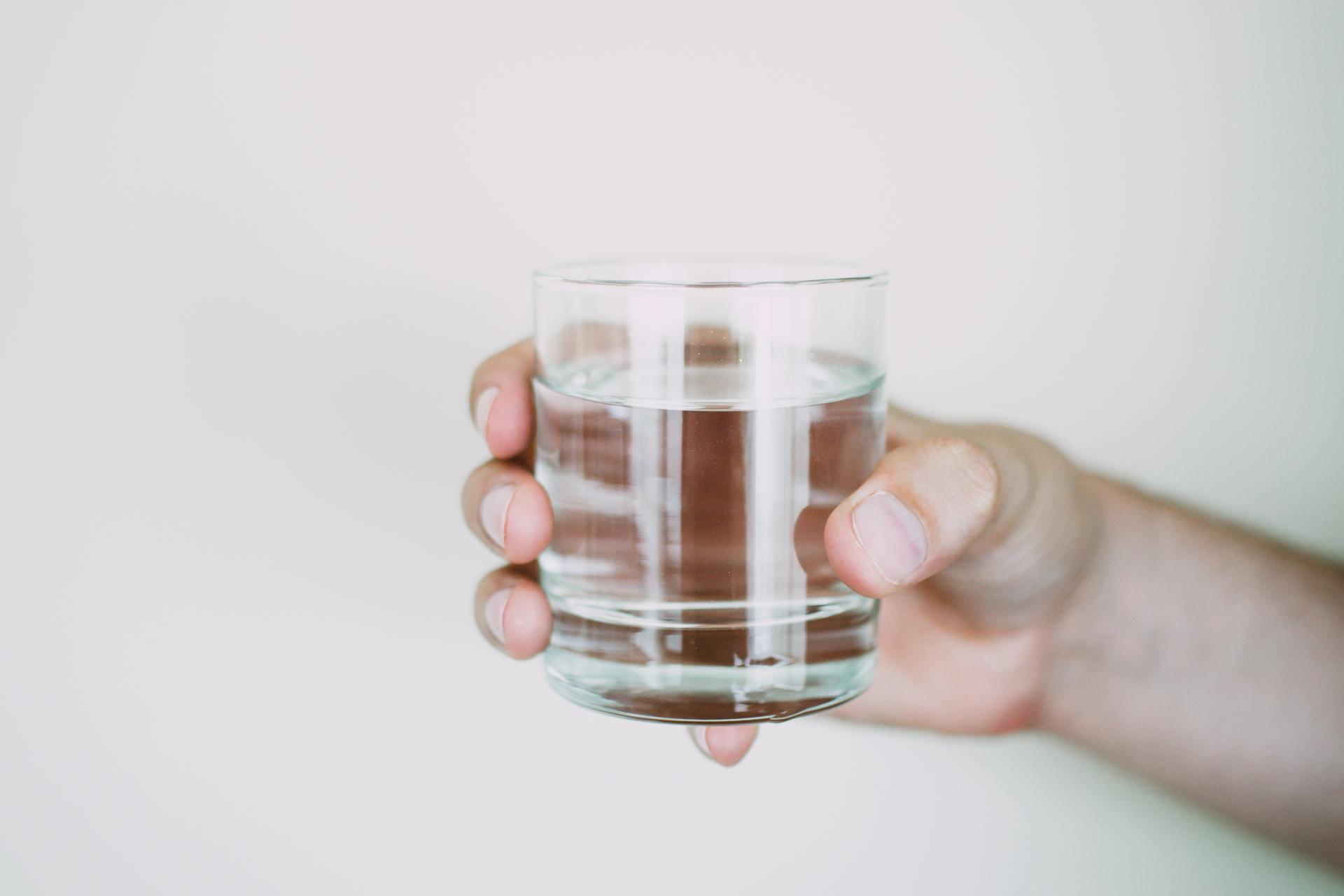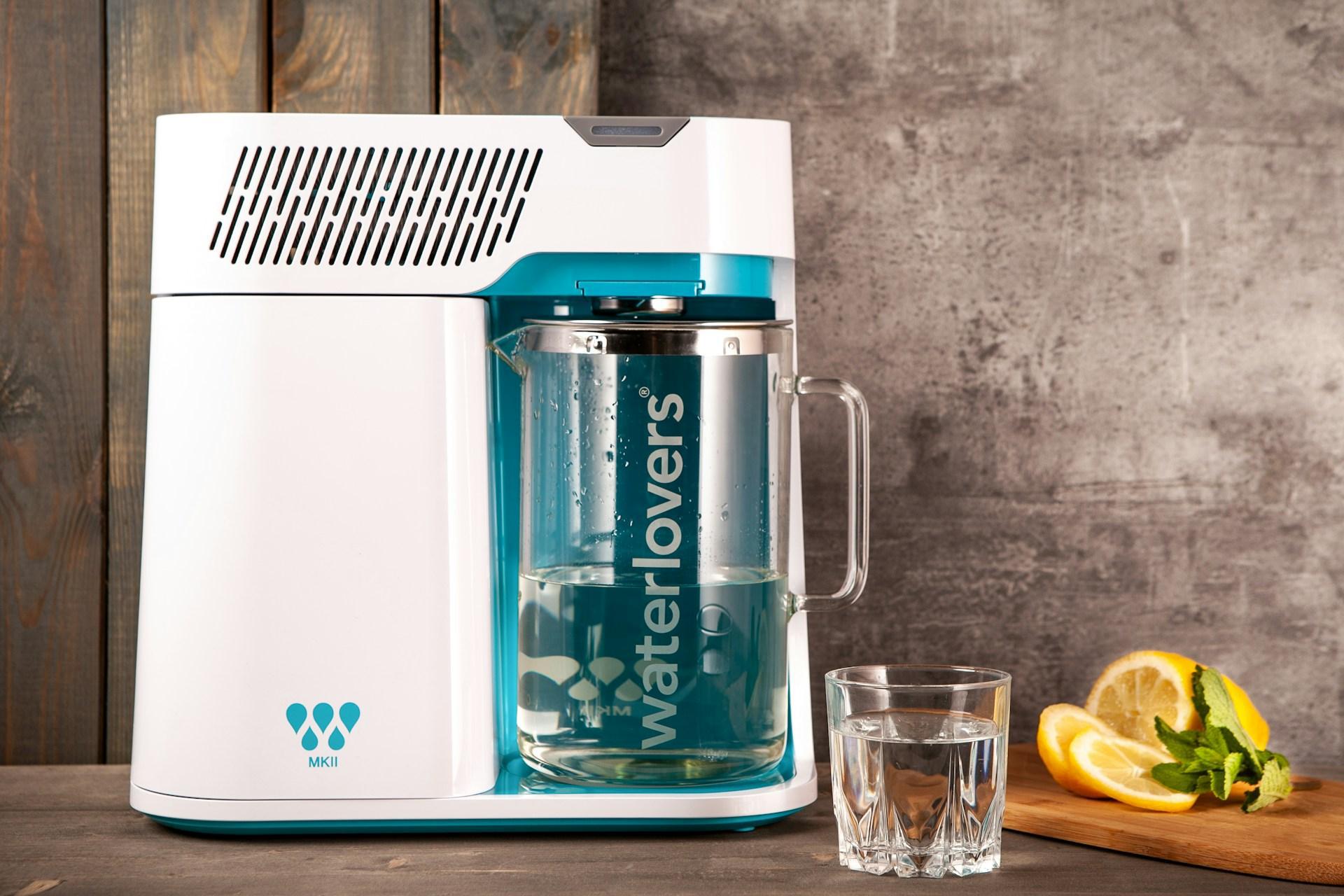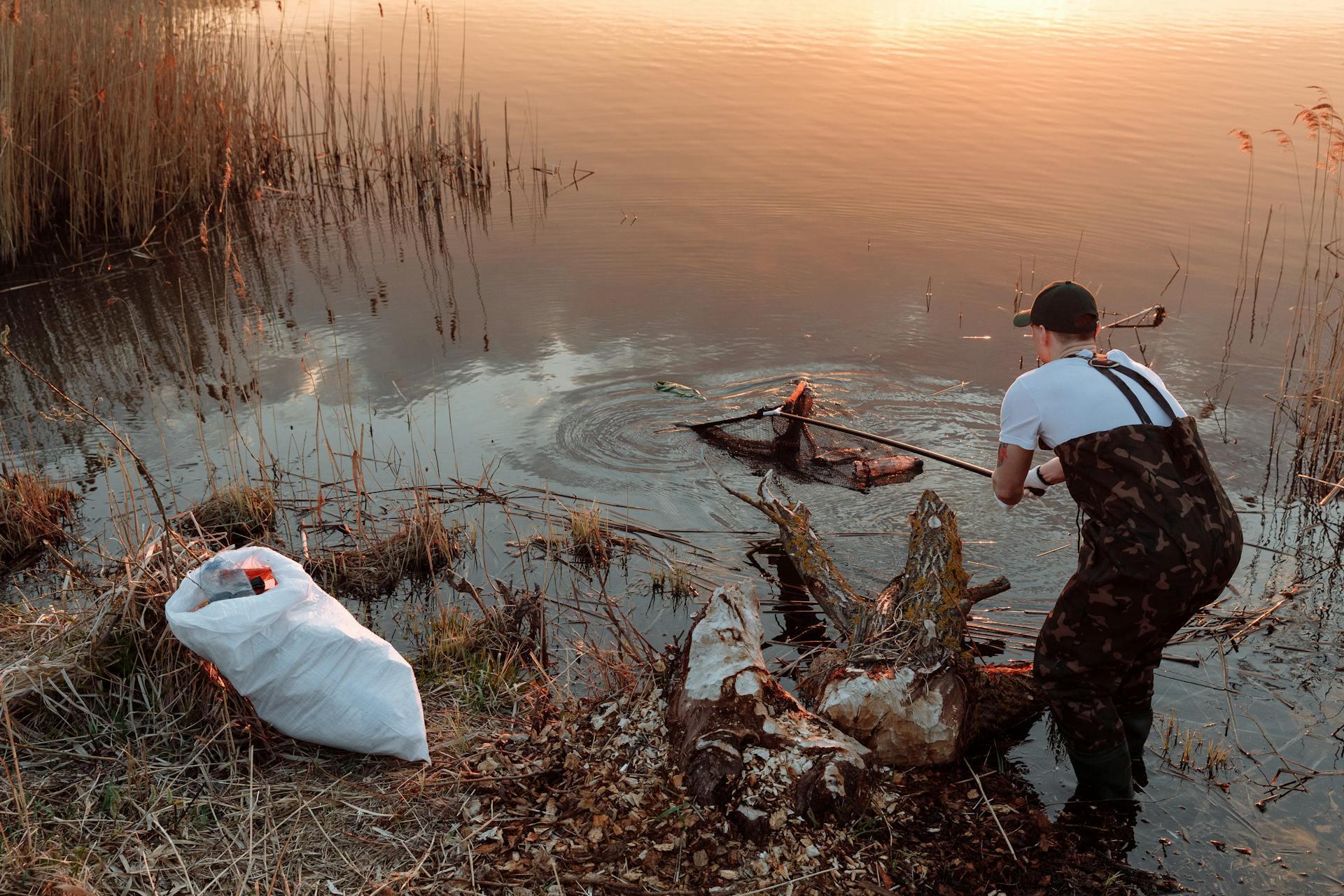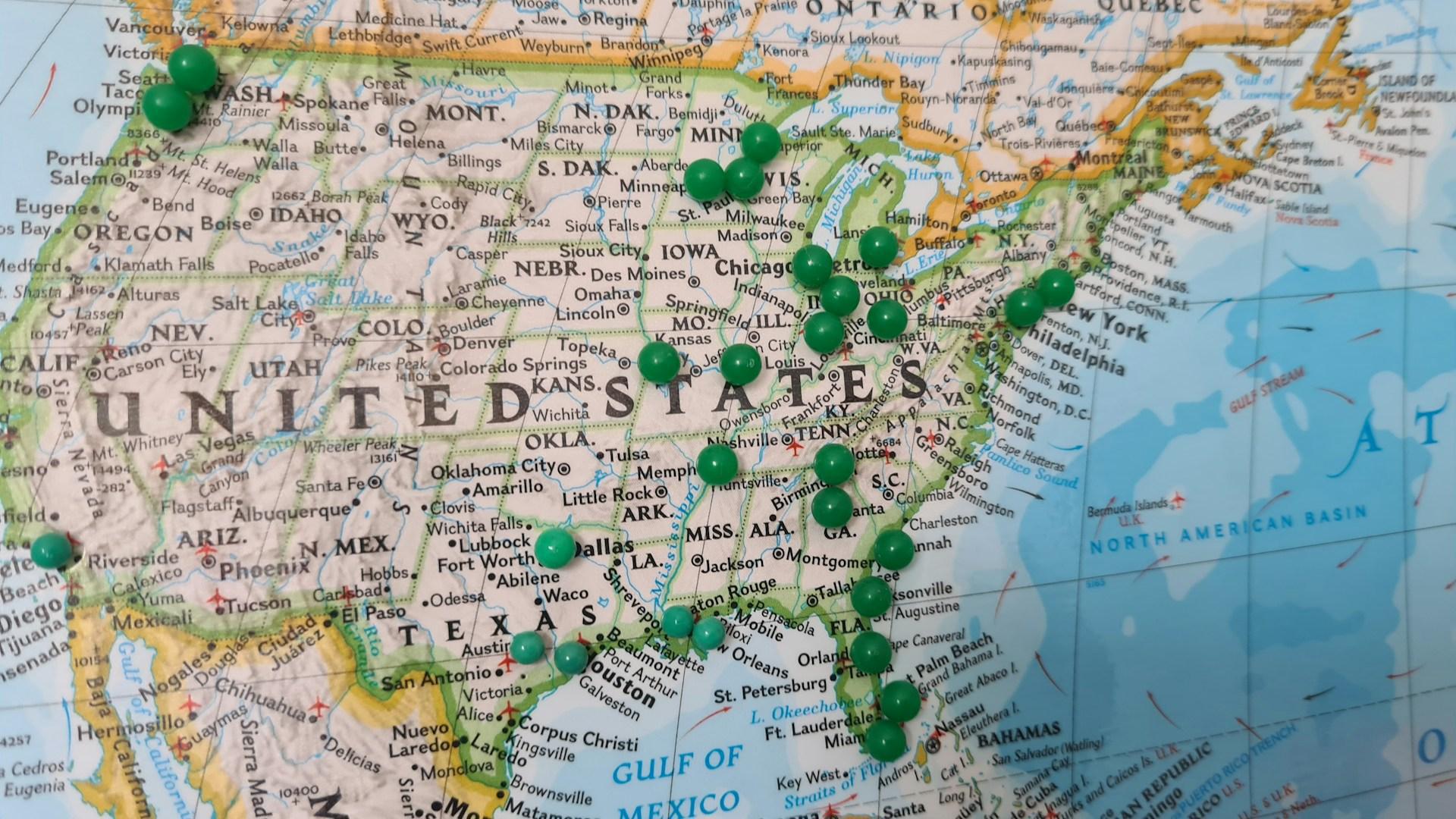Be careful what you drink. According to experts, nearly half of all tap water in the country is contaminated.
Harmful chemicals called PFAS are contained in American waters. And as one scientist said, “There’s been almost no place scientists have looked where they have not found PFAS,” Americans may face a liquid crisis
The Forever Chemicals

PFAS stands for “per- and polyfluoroalkyl substances.” Its alternate moniker is the “forever chemicals.”
The reason for that nickname is due to the nature of the chemicals. PFAS does not break down naturally, like plastic. In fact, some plastic products can be coated with PFAS.
Industrial Uses

These chemicals are used to make fluoropolymer coatings. These coatings are used in many industries like printing and packaging.
The coating is used to keep parts from sticking to one another and easier to clean. Another use for PFAS is to ensure products can resist just about anything—water, oil, heat, stains, grease.
It’s Everywhere

If you think you can avoid fluoropolymer coatings to not risk a PFAS contamination, think again. You probably don’t realize that you’re wearing PFAS.
The coatings are found in various everyday items. It’s in your furniture and clothes, on your food packaging and non-stick pans, and it insulates the wires in your home.
Leaks Into Water

Many substances categorized as PFAS spread into the environment through soil movement. This is how PFAS gets into our drinking water.
Not only does it not break down in nature, it can also build in fish and wildlife through a process called bioaccumulation. Needless to say, if humans come into contact with PFAS through the water or wildlife, the risks are great.
Human Exposure

To be exact, human contact with PFAS can occur in different ways. You can get exposed to PFAS by eating food grown near PFAS-contaminated locations or fish from PFAS-contaminated waterways.
Some contact happens accidentally, such as when you swallow contaminated soil or dust. And if your food packaging material contains PFAS, it’s another way for the exposure to happen.
CDC Studies Since 1999

The Center for Disease Control and Prevention have been conducting studies on PFAS since 1999. Their findings can probably reassure people’s minds, but the risks are still there.
The CDC claimed that there’s nothing certain about humans that are exposed to low environmental PFAS. However, the results are different when large amounts of PFAS are tested on laboratory animals. These animals experienced problems with their reproduction, thyroid function, immune system, and liver.
Widespread Contamination

The researchers publishing their findings on water contamination in the US collected samples from over 700 locations in 5 years, from 2016 to 2021.
There’s a greater likelihood of PFAS being found near urban areas, especially in locations connected to PFAS production and waste disposal. These areas include the Eastern Seaboard, the Great Plains, the Great Lakes region, and Central and Southern California.
An Avoidance Tactic

Many have proposed solutions to reduce PFAS exposure in our daily lives. Using water filters or treatment systems could help.
The US Environmental Protection Agency has also outlined steps to reduce the risk of PFAS contamination, both from the public water system or your private drinking well. Either running your own well testing or contacting the authorities in charge of public water supply, you can do your part in minimizing PFAs contamination.
Say No to Toxic Fish

Echoing the CDC’s warnings, the EPA also cautioned against eating fish from contaminated water sources. The EPA’s contacts list can help you to determine which waterways are safe.
Unfortunately, however, there’s not much you can do about consumer products containing PFAS. More reporting is what you can do.
Long-Term Implications

But one of the lead researchers in the PFAS study, Dr. Graham Peaslee, warned us that cleaning up PFAS is no easy task. And it might just be very expensive.
“There’s nothing that will magically fix it,” Dr. Peaslee stated. “There’s no permanent solution to it for any particular utility.” He also said that Americans must “get inventive” in figuring out how to filter PFAS for the rest of their lives.
Roadmap to Safety

The EPA is continuing to fight to curb PFAS contamination. In 2021, the agency unveiled a roadmap to regulating PFAS, including no longer approving the creation of new PFAS chemicals and controlling PFAS emissions into air and discharges into water.
But whether their efforts have been successful or not, it remains to be seen. Earthjustice, a non-profit environmental law organization, tracks the roadmap of EPA’s PFAS regulation and is determined to see it completed. There is still hope yet for the future.








































